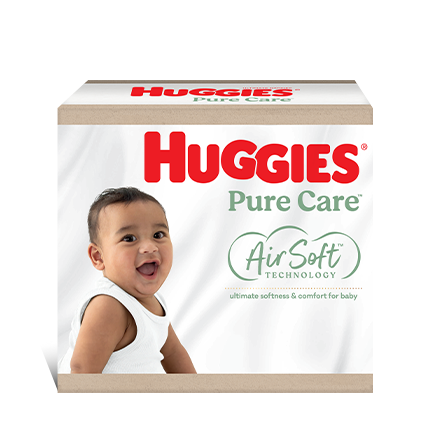Helping Your Child to Know When it's Time to "Go"
Toilet training often begins when parents recognise their toddler's signs of either going to the toilet or needing to go. Understandably, this recognition from parents usually comes long before the toddler has any idea what's happening.
It's up to you to help your toddler understand the connection between their wiggling, leg crossing or crotch grabbing, and their need to go to the toilet or potty.
The key to effective toilet training is making sure that your toddler recognises the urge to wee or poo and acts on the impulse, rather than them simply working on the assumption that there is one certain age to start toilet training.
Big Kid Readiness Quiz
Think Your Child is Ready?
Well, lets just see how ready they are.
Take our short quiz detailing the five most telling signs that your child is ready for toilet training. We'll show you what to look for and when to act. Just answer Yes or No to indicate whether your child almost always displays these behaviours.
- 1
- 2
- 3
- 4
- 5
- 6
Does your child usually listen and follow simple instructions when they're asked to do something?
Toilet training means that your child will need to understand new concepts, learn new skills, and stick with a routine. If they are in the habit of listening and obeying then that will make learning to use the toilet much easier.
Can your child indicate with words or actions that they need to go to the toilet?
If your child gets your attention and lets you know when they have the urge to wee or poo, then they're already on the right track. Identifying the need to go to the bathroom and communicating it to an adult are crucial steps.
More often than not, does your child ask to use the toilet or potty?
This is especially prevalent in children who are around older kids a lot of the time. They have heard all about this potty and they want to be part of the action. If your child is expressing interest in toilet training tools like these, it's a great sign.
Does your child ever show interest in the bathroom?
When a child is visiting the bathroom and asking questions about it, starting a conversation about toilet training is a lot easier they are already engaged.
Is it common for your child to stay dry for at least two hours?
Remaining dry for longer than two hours shows a certain level of maturity, both physically and mentally, that bodes well for toilet training. If the muscles and the mind are both willing and able, it could be time to start!
Has your child started to demonstrate independence?
If you have ever heard your child saying I can do it or simply asserting themselves with the word No! when you are doing something for them, they are showing independence. This sign of maturity may extend to going to the toilet by themselves too!
You've got a Big Kid
It sounds like your child is showing common signs of potty training readiness. Wondering what to do next?
Read about getting started. See the Big Kid Prep List and Join the School to get your FREE sample.
Not Quite Ready
When it comes to toilet training, it's better to wait until your child is really ready. Starting with a child who is ready and willing is much more likely to end in success! Keep watching for more signs because it might not be long now! Get ready ahead of time by learning what to do when it's time to start.
Read about the signs of readiness. See the Big Kid Prep List and Join the School to get your FREE sample.
Common Signals
- Moving from one foot to another
- Dancing or wiggling on the spot
- Facial expressions
- Grabbing at the genitals (especially boys)
- Passing wind prior to needing to poo
Teaching Your Toddler to Recognise the Urge
Teaching your toddler to recognise the urge to go to the toilet, and knowing when to start toilet training can be tricky. Here are a few ideas to use.
- Kids love to copy their parents, so next time you feel the urge to go to the toilet, let your toddler know what's happening.
- Lose your inhibitions and let your toilet trainee accompany you to the toilet.
- Talk about times that you might recognise the urge, like after eating or having a big drink.
- Make it seem like great fun to go the toilet.
- Familiarise yourself with some toilet training myths.
- Encourage your toddler to tell you what you should do if you think you need to do a wee.
- Start talking in their language, use poo and wee or other words that you are both comfortable with.
- Praise them for telling you they're pants are wet, it's the 1st step in them recognising the urge to wee.
- If they show you that they need to go to the toilet, tell them you've got a wee/poo coming, let's go to the potty .
- If they pass wind, get them to recognise the smell as a signal that a poo might be coming.
If your child is recognising the urge to wee, chances are they are ready to start toilet training. Just make sure you're prepared with the best toilet training products and toilet training tools.
Last Published* July, 2024
*Please note that the published date may not be the same as the date that the content was created and that information above may have changed since.





















